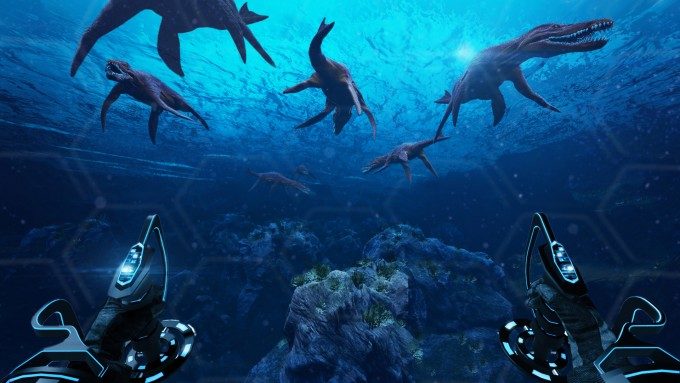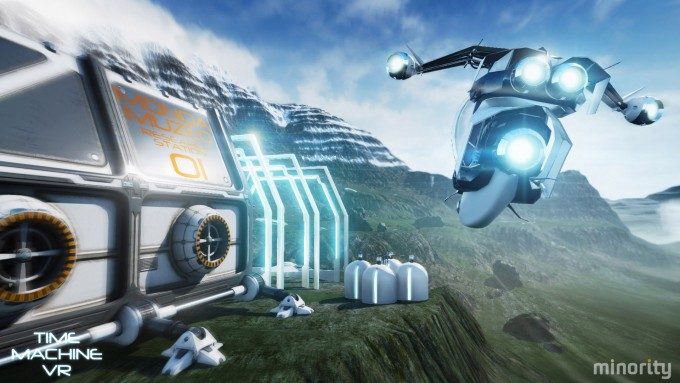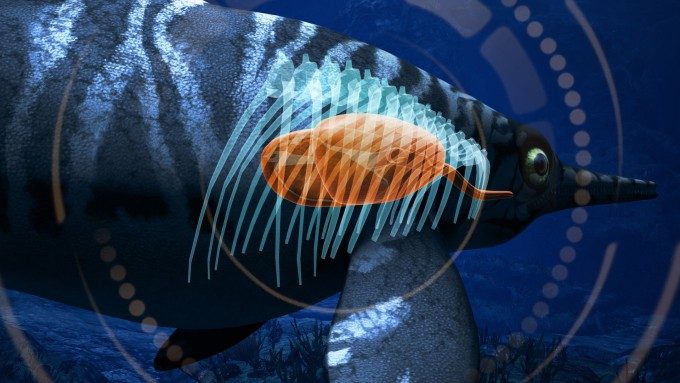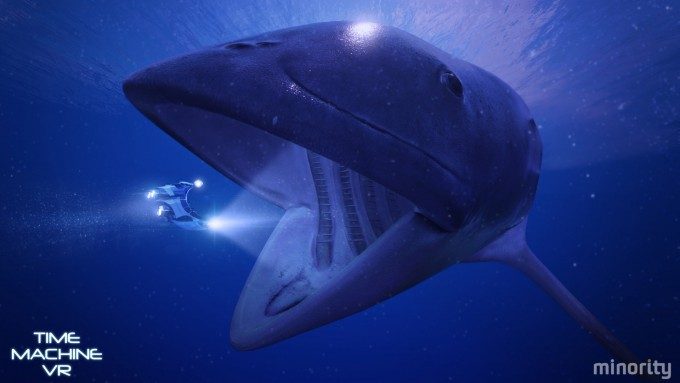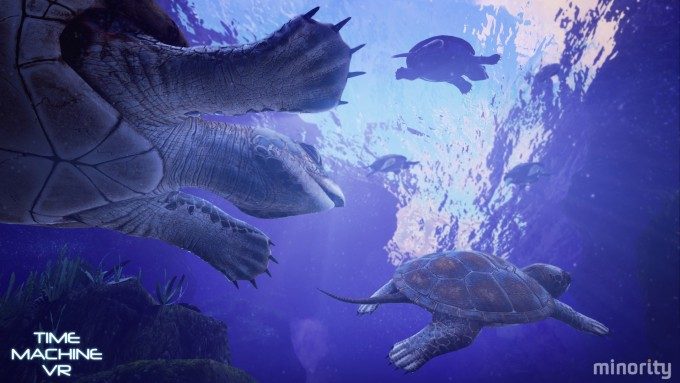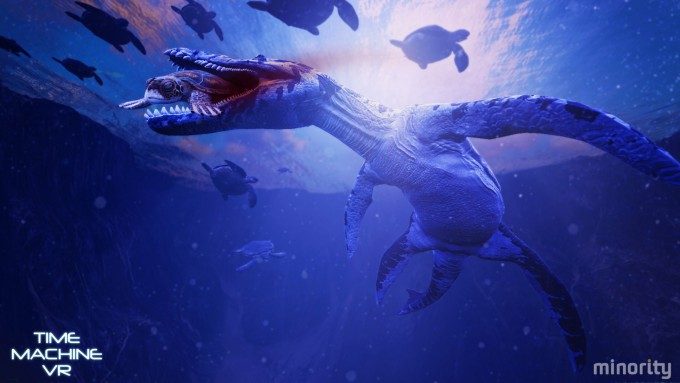A virus is spreading across the world infecting all in its path. Millions are dead. This pandemic is referred to as the ‘Jurassic flu’ named for the time period from which it originated. Scientists have thrown all of the best minds and current medical research at the virus with no success. When humanity is down on its luck and its back is against a wall there is only one thing to do: travel back in time and gather scientific data on creatures of the past in hopes that it will yield a cure to the current pandemic.
Time Machine VR Details:
Developer: Minority Media
Available On: Steam (HTC Vive, Oculus Rift)
Reviewed On: Steam (HTC Vive)
Release Date: May 19th, 2016
This would not exactly be my first instinct but it’s the premise for Time Machine VR, now available as a full launch on the Oculus Rift and HTC Vive through Steam following an Early-Access period which started back in August, 2015.
Time Machine VR puts players inside a time traveling pod with different research tools in order help them learn about the underwater creatures of the past. Your research guide, Elizabeth, informs you of the progress being made on the virus in videos that seem like they are straight out of Red Alert 2 (2000) while you travel from the Mundo Museo Research facility in the present back in time to epochs of the past.
The game wastes no time in placing you into the aquatic realms of 155 million years ago and begins by teaching you the gameplay mechanics. In order to move around the prehistoric world with the HTC Vive you use the left motion controller, pull the trigger and drag your hand to where you want the time travel capsule to go. If you want to go forward you would pull the trigger and push forward, if you wanted to go down you would move the controller down etc. I found these controls to be rather clunky and uncomfortable. For example, when trying to scan the internal organs of a passing nautiloid I found myself continually either overshooting it or undershooting it and had to loop back around to try again. The lack of precision in the controls can be quite frustrating. The game also gives the player the ability to slow time for a brief period in order to get up close and scan the specific body part needed to complete the research. This mechanic works well and mitigates some of the frustration caused by the controls.
In your right hand you are equipped with all of the tools of the researching trade. You are able to switch between many different tools by pressing the trackpad and selecting which tool you wish to use. These pieces of technology allow the player to scan inside and outside dinosaurs, attract predators, and tag dinosaurs in order to track them.
Once you maneuver the probe and scan the body part needed to continue the mission, the robot voice referred to as ‘Rob’ will tell you what information your scan has revealed about that specific dinosaur. Each dinosaur has several different parts that you need to scan in order to complete the mission and each body part reveals new information about the sea creatures way of life. I liked that the developers tried to use Time Machine VR to show that VR could be used for educational purposes as well as entertainment. I learned a good deal about the underwater creatures of the past and I applaud them for bringing real-world info into VR.
I felt fairly immersed while traveling back in time in Time Machine VR. Seeing the clouds speed up as the time machine whirred around me was exciting and hearing the orchestra play me through the underwater realms reminded me of the tense moments in Jaws (1975) where the shark is about to strike hapless victims. But being kicked out to the Vive dashboard every time a level loads broke the immersion severely.
If you get too close to a predatory dinosaur it will lunge at you and attempt to eat the pod which again is pretty terrifying for the first few times but once you realize that there are virtually no consequences to getting eaten and you can just pick up where you left off, the scare loses its edge and the immersion is again lost.
While the animations and individual character models looked pretty convincing, the environment was not exactly on par with a number of other VR games. The community has seen what level of detail can be put into a virtual reality world and for a game like Time Machine VR, where the main purpose is to explore and scan underwater beasts, I would have liked to see more detail to compel me to stay, explore, and enjoy the time periods that I was visiting.
Further, I would have liked to see variety in the mission structure. Most levels have you focus on one or two dinosaurs per level, and each time you use tools to analyze some aspect of that dinosaurs physiology. Many of the various scanning tools felt too similar and left me wanting more variation. You are either scanning some Nautiloid’s eyeball or seeing what some Pliosaurus had for dinner. Which sounds pretty neat by itself, and it is for the first few times, but after you scan the stomach of a creature for the 13th time it doesn’t feel as interesting as it once did and seems more like a chore than an adventure. Once you complete the game you have the option of going back through and scanning all of the dinosaurs again with newer tools you acquire as you progress in order to achieve 100% completion. The game took me about two hours to get 68% vaccine completion (meaning I played through all of the different time travel locations) so for some it may be worth going back.
A major problem for me with Time Machine VR was the motion sickness. Just to preface this: I played Half-Life 2 VR on the DK2, a fairly nausea inducing first-person-shooter (due to it not being built specifically for VR), and experienced motion sickness after about 40 minutes of play time and absolutely had to stop after about an hour so; I would say I have a medium to high tolerance for motion sickness. While playing Time Machine VR I would usually get motion sick within about 30 mins and absolutely need to stop within 50. If you don’t have your VR legs, this game could cause uncomfortable motion sickness.
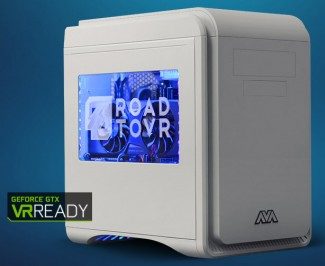 We partnered with AVA Direct to create the Exemplar Ultimate, our high-end VR hardware reference point against which we perform our tests and reviews. Exemplar is designed to push virtual reality experiences above and beyond what’s possible with systems built to lesser recommended VR specifications.
We partnered with AVA Direct to create the Exemplar Ultimate, our high-end VR hardware reference point against which we perform our tests and reviews. Exemplar is designed to push virtual reality experiences above and beyond what’s possible with systems built to lesser recommended VR specifications.

